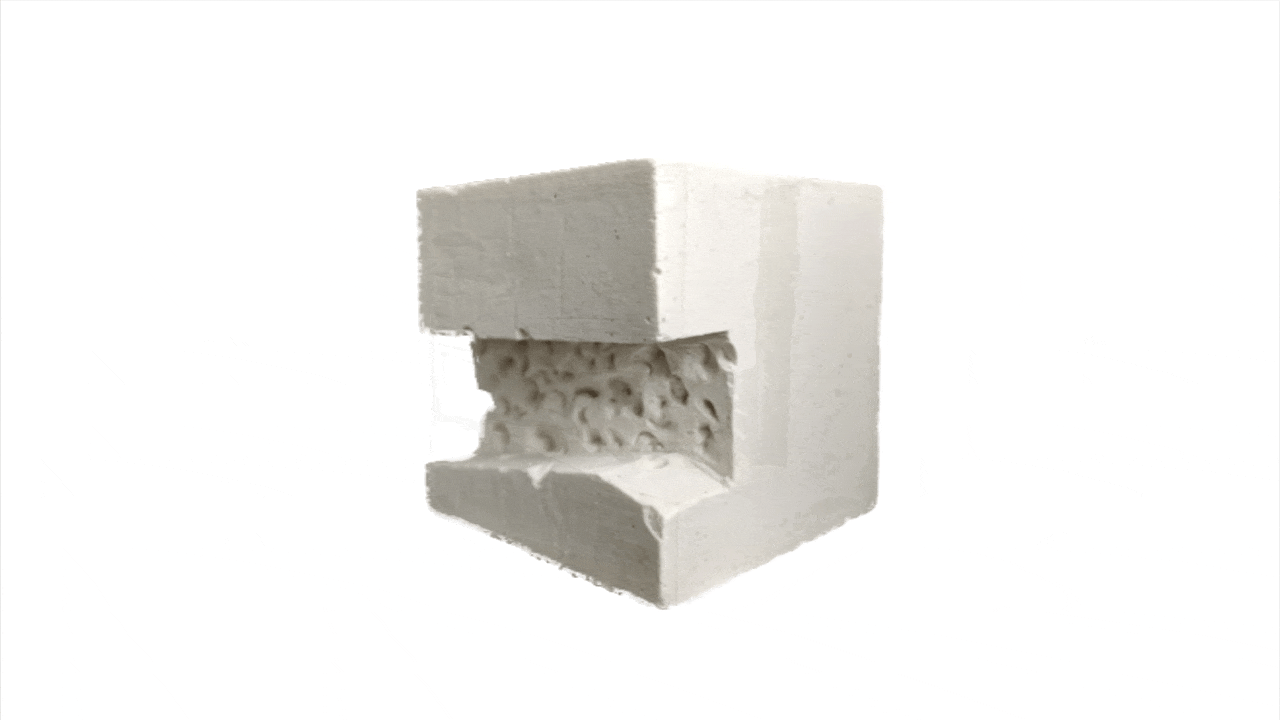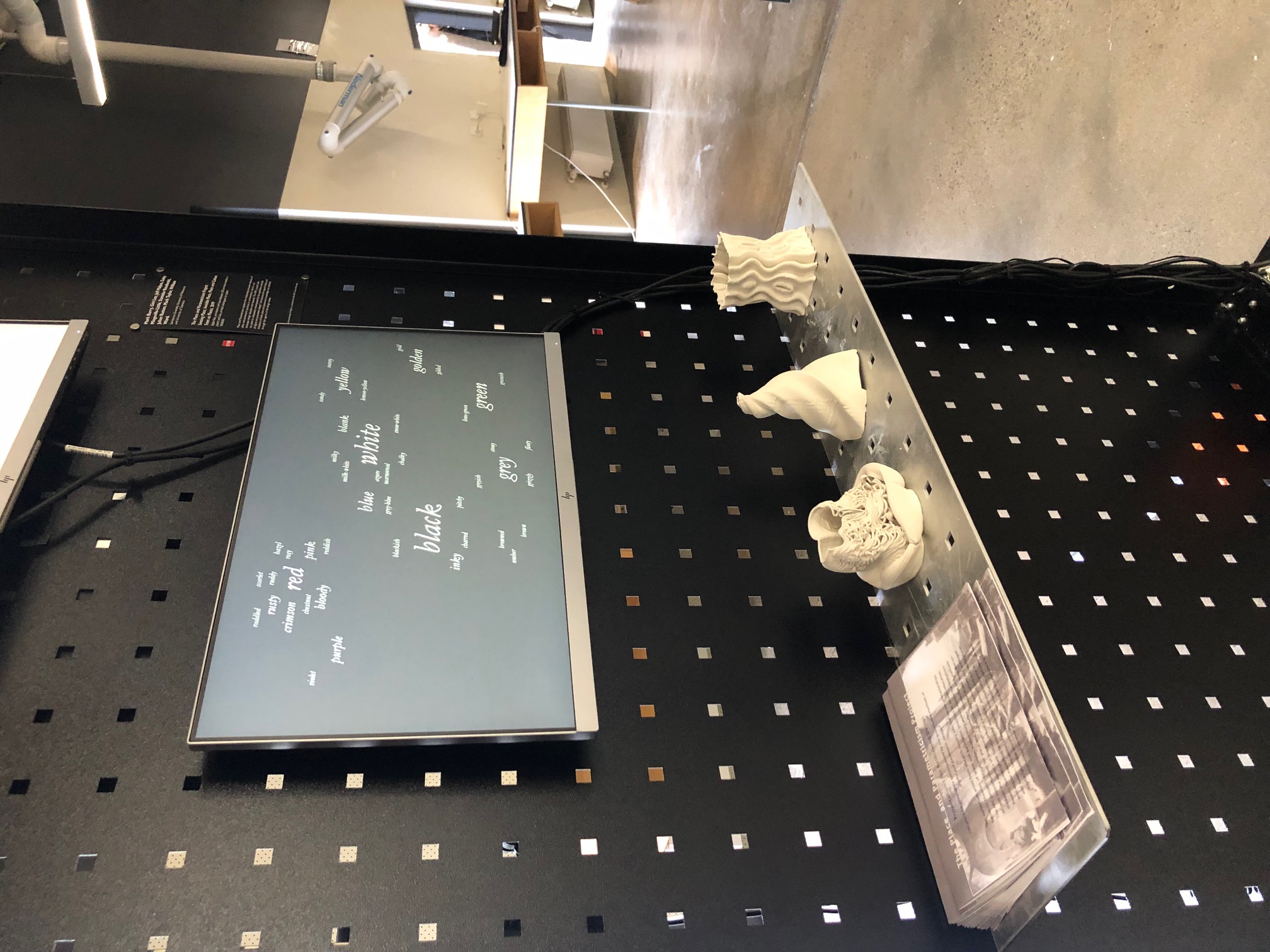Sensing Place

Sensing Place: Excerpt from exhibition video showing a project by Chen Lin. Video by the authors.
Contributors: Julian Rutten; Stanislav Roudavski; Mark Burry; Gini Lee; Jeff Malpas; Mark Taylor.
Presented as part of the Place and Parametricism exhibition at Real/Material/Ethereal: The 2nd Annual Design Research Conference at Monash University in Melbourne, Australia.
Tags: #place-and-parametricism #exhibition #place
This work contributes to research in architecture and design. It studies forms of existence, materialization, and interactive construction of places. The project’s focus is on fluid, complex, and interconnected places. Such places present a challenge to data-driven approaches to design. In response, the project asks: how can designers account for the multiple, overlapping and subjective experiences of places? We hypothesize that sensing technologies can provides data-driven accounts of places that can extend designers’ appreciation of their meaning and function for a broad range of stakeholders.
The project’s method is design experiments. It used case-study places ranging from small to large and from everyday to imaginary. We first collects data using different types of sensing technologies. We then use this data to support speculative designs. Examined side-by-side, these experiments demonstrate representational capabilities of place data. The project confirms that digital information can be isolated from historical, cultural or physical attributes but still be useful for representation, extension and planning of places. Our other innovation is in the use of the sensory data to generate virtual extensions or alternatives to locations such as public gardens, care facilities or terrariums. This work is significant because it informs place-oriented design practice about the influences and capabilities of contemporary technologies.
This recorded work has been selected for the exhibition within the Real/Material/Ethereal: The 2nd Annual Design Research Conference in 2019, the leading disciplinary research forum in Australia. The work is supported by the ARD DP170104010 grant and co-created with leaders in their fields. The publications are forthcoming, and the team are in an active discussion with the curators at the National Gallery of Victoria where this work will form a part of a major exhibition.
Images

Sensing Place: Photograph of the exhibition (on bottom shelf). Image by Julian Rutten.
Links
Related Projects
- Place and Colour (2019)
- Trees as Place (2019) (Private)
- Place and Parametricism (2019) (Private)
- Invisible Places (2019)
Acknowledgements
Backlinks